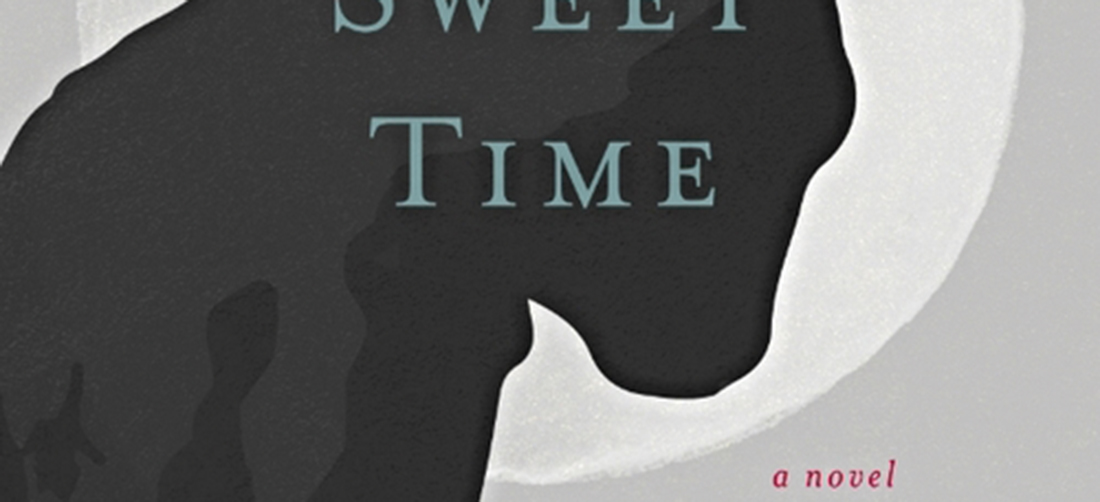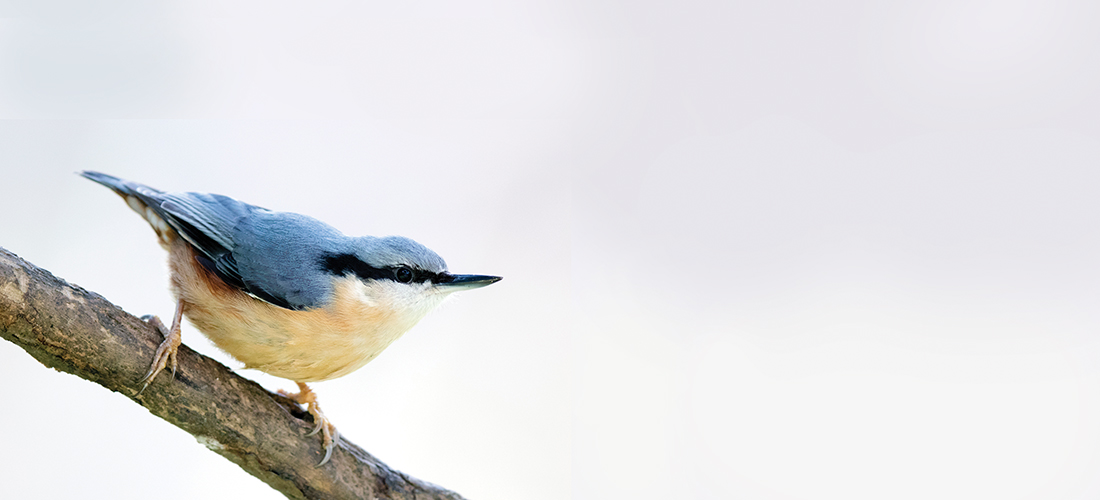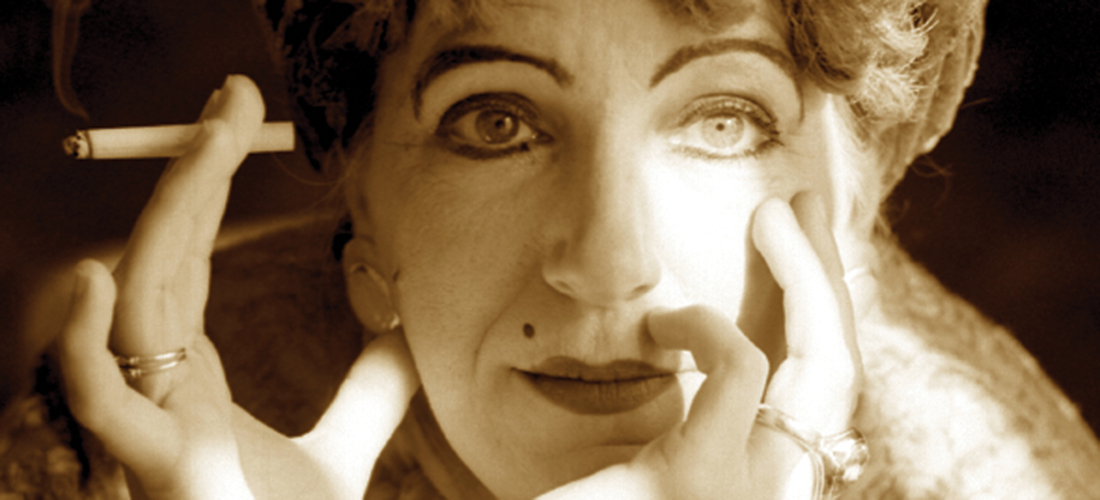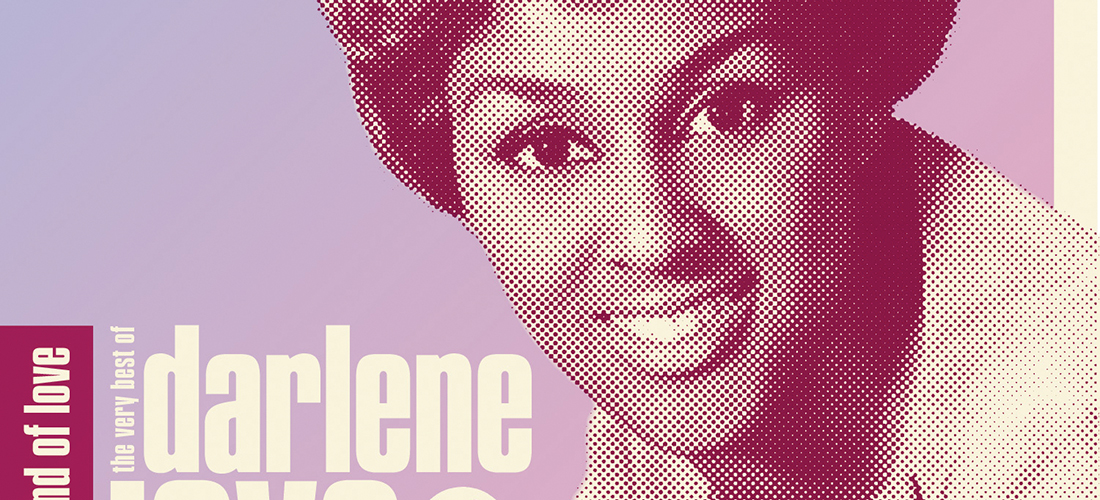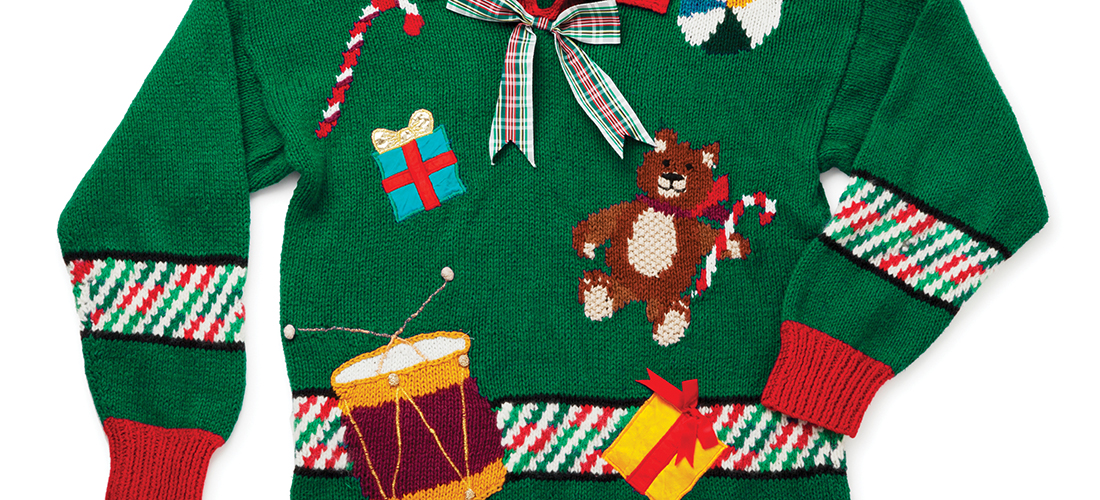The ubiquitous, serendipitous life and art of Chip Holton
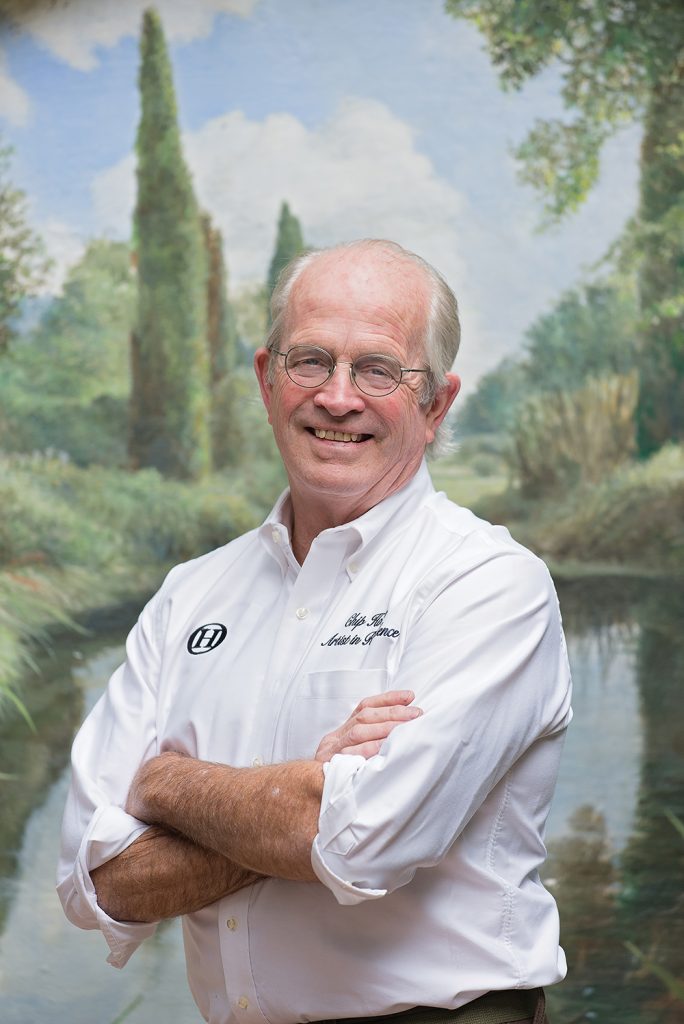
By Nancy Oakley
Chip Holton breezes down a central hallway of the O.Henry Hotel, clad in a simple black T-shirt and jeans, greeting the hotel staff with affable “heys” and “hellos” as he makes his way to the Green Valley Grill before it opens for lunch. Pointing to the arched space, or lunette, above the kitchen, the artist explains that the mural occupying it — a massive table laden with a feast of chicken, ham, fish, a loaf of bread, fruits, melon and wine — was meant to effect the Old World ambiance that hotelier Dennis Quaintance hoped for.
“I’ve been working for Dennis for twenty-plus years,” says Chip, who insists that everyone call him by his first name, certainly not “Mr. Holton,” let alone “Frank P. III.” He and Quaintance met when the hotel’s designer, the late
Don Rives, (“one of my best buddies,” Chip describes him . . . as nearly everyone he encounters seems to be) recommended to Quaintance that Chip paint a mural for Lucky 32 Restaurant. “Serendipity is part of what I do,” Chip observes. “A lot of work comes to me that way.” Whether helping out a friend, which landed him a gig as set designer for Twin City Stage in Winston-Salem, or striking up a conversation with Dave Fox at Thursday night Cocktails and Jazz and agreeing to give a visual interpretation to a “musical tapestry” the musician is composing.
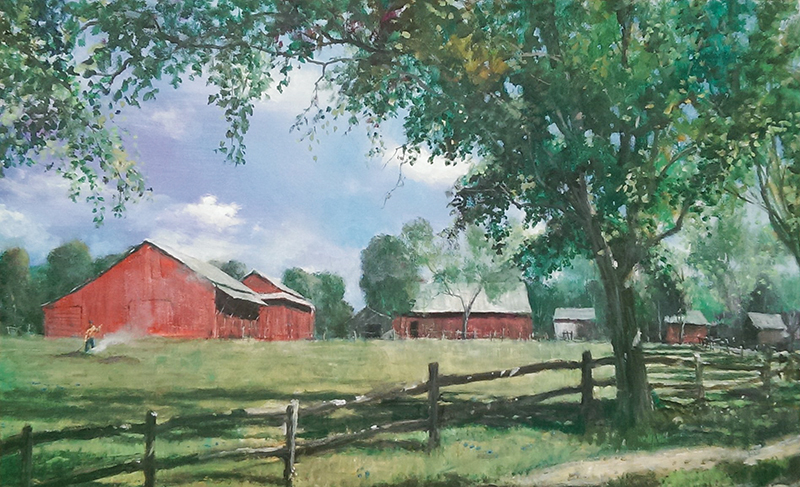
Chip describes his relationship with Quaintance as “brotherly,” unusual for a boss and employee, or patron and artist, if you will. “He’s sort of my Pope Julius,” the artist says of his employer, referring to Julius II, who commissioned Michelangelo’s painting of the Sistine Chapel. “I kid him about it. But he’s a jolly pope. Nobody that would put you in chains in the Vatican if you misbehaved.” In time, with his exceptionally broad range of skills and artistic styles, Chip became vital to the aesthetic of both the O.Henry and Proximity Hotel, where he was given the title, artist-in-residence.
He painted the semirecumbent portrait of William Sydney Porter in the lobby of the O.Henry. Taken from a photograph he and Rives discovered at the Greensboro Historical Museum, “part of the picture didn’t exist,” Chip recalls. “So I had to have somebody pose in a jacket in the chair and invented the environment. The curtain and all that stuff. And I was trying to make it look like the time period, the turn-of-the-century, with the tones and the painting, so it didn’t look modern,” the artist says. It was a challenge, because Chip, who had been working at the McWane Science Center in Birmingham, Alabama, had accidentally dropped a metal exhibition piece on the fingers of his left hand — the one he paints with. He reveals the scar from the injury. “So I had this hand all bandaged up and I started this painting with my right hand,” he continues. Don’t get the idea that he’s bragging, though: “It was something I had to do, but in the process of doing that, I realized I could do either, so I can write with both, write upside down.”
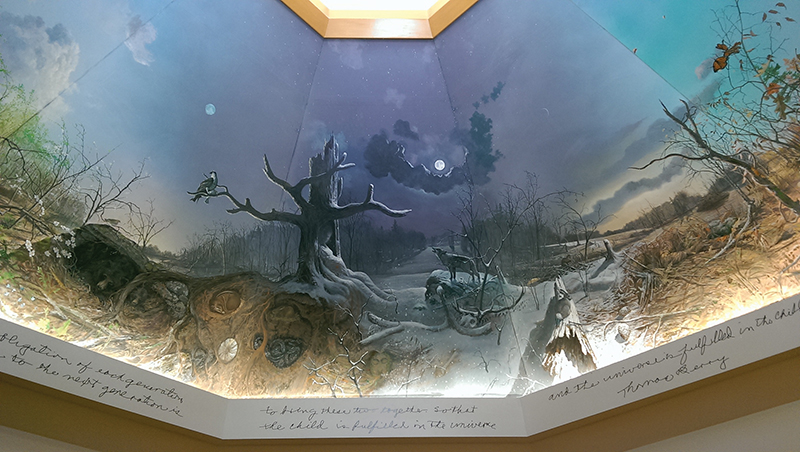
He can also do faux-finishing on walls, paintings and furniture, repair carpet, and with equal agility paint architectural renderings and English-style watercolors that evoke the Belle Époque of a John Singer Sargent painting. There’s one of these, each different, in every room and in the downstairs of the O.Henry, painted live, on-site. Some depict the pergola outside, some are interiors of, say, a lamp on a table, or of Chip painting himself doing a painting of a sofa. “It can get monotonous doing the same place all the time,” he says. “So I move around a little bit, but it’s still the same subject.”
He flexed different artistic (and physical) muscles working on the interiors at Proximity Hotel, stating in a fleeting moment of solemnity that he feels “honored to visually represent a place in more than one way.” Leaving the Print Works Bistro, where he has just shown how he painted a Matisse-like floral motif on the backs of the restaurant’s chairs, Chip feigns a limp, clowning around, and says, “Walk this way.” It is his salute to the late Gene Wilder who limped the same limp at British comic Marty Feldman’s command in the film Young Frankenstein. “He said it, ‘wyay.’” Chip mimics Feldman’s English accent with no trace of his Lexington roots. He climbs the stairs from the social lobby to the mezzanine lined with his border bearing a faint pattern of tree branches rendered in metallic paint on wood, and retrieving a couple of room key cards, jokes with the young woman at the check-in desk about burning his paintings and making a bonfire out of them.
Opening an unoccupied room, he reveals yet another style of painting that “vacillates between Cubism and Abstract Expressionism,” to fit the hotel’s Mid-Century Modern vibe. Monocrhomatic black-on-white (Chip is currently adding color accents to all 150-some paintings throughout the lodging), the works are more restrained. “You would think it would be real restrictive, but it hasn’t been, for me. It’s been liberating, in that you have to engage your mind and your brain in a different way that’s really tightly controlled.” He pauses.
“I’m not sure many other folks in my position would be comfortable switching back and forth between modes. But I am. I’m sort of like that, because I do a lot of different things. But my normal style is realism, with a nod to surreal.”
Such as the mural in the Green Valley Grill that Chip considers his best work in the style. It derives from a 17th-century Baroque painting by Dutch master Jan Davidszoon de Heem. “They brought the fish to me from Lucky 32 on a platter. I got a ham from Conrad & Hinkle [Food Market] in Lexington to use as a resource for the color on the ham,” Chip says. Prior to tackling the larger work, he painted six or seven studies of it, one of which hangs in a private meeting room in the O.Henry Hotel’s lower level. When it came time to paint the mural he approached it the way it would have been painted during the Renaissance or in van Heem’s day, starting with an underlayer, or grisaille, in shades brown, before applying the color with oils. All told, the project took him about four months to complete.
One wonders whether restaurant patrons, as they’re diving into a helping of grits, appreciate his skill and labor that went into the piece.
“Probably not,” says Chip, matter-of-factly. “But I’ve run into some people who stare at the painting and figure out how it was put up.” Answer: He painted it on canvas off-site, rolled it up, stretched it, and with the help of some workers stapled it into its arched alcove.
It’s how he configures most of his murals, “an effective use of my time,” Chip says. Additionally, they are more transportable, such as the comical one in the Black Chicken Coffee shop in Lexington that was moved from the establishment’s original location to its current one on West Second Street. Painted in folk art style, it depicts several chickens and roosters reading books — Don Quixote, The Golden Bough, Animal Farm, The Little Prince, Grimm’s Fairy Tales and volumes of poetry by John Keats and W. B. Yeats (“books I like to read,” says Chip); trotting across the bottom of the mural is a Scottish terrier — the original black “chicken.”
Another mural, based on the writings of Thomas Berry, fills the octagonal rotunda of the Kathleen Clay Edwards Library in Greensboro’s Price Park. The mural is a favorite of Chip’s, he says, because it’s “more intellectualized” than some of his other woks. Yet more adorn walls of several Mexican restaurants in the Triad and beyond. And then there’s the one in the children’s room at the Lexington Public Library that pays homage to the department’s librarian, Valerie Holt Craven, who met an untimely death at the hands of an abusive boyfriend. “I was so distraught, because my kids loved coming up here and talking to Val. She was a fantastic person,” Chip reflects. The mural, spanning two adjacent walls in a corner of the library, is a colorful fantasyland with the Tree of Knowledge as its focal point. Children, engrossed in books, lounge on its branches or in its shade. Oversized mushrooms (“hallucinogenic mushrooms,” Chip clarifies with a sly laugh) punctuate the scene. A dog and cat, and a frog enjoy a Punch and Judy show; a man on stilts throws balloons. Tom Sawyer makes an appearance, as does a windmill (another allusion to Don Quixote); a Chinese laborer unloads a boat “a reference to the furniture industry leaving,” Chip explains. “There’s all kinds of stuff in there.”
He frequently adds symbols and jokes to his works. And his own image.
“That’s me reflected in that green thing,” Chip says, pointing to a shiny object in the upper right-hand portion of the Green Valley Grill mural. “There’s a fly in there, too, somewhere, but I couldn’t tell you where.” In a drawing in his Lexington studio, a finished barn at March Motors, he has depicted himself with a portion of his head as a drip sandcastle (“I used to make ’em all the time at the beach,” he laughs). In another, the artist looks outward — his eyes and forehead painted over with a patch of blue sky and clouds. He’s sculpted himself as a crude clay Cro-Magnon man from a museum exhibit he worked on; and painted a serious self-portrait during his grad student days, his faunlike face framed by beard and long hair. “I had much longer hair than that,” Chip says. But as it began to thin, he decided he looked too much like Ben Franklin and keeps it short most of the time.
The self-portraits are scattered alongside other works in the barn: Fauvist-style paintings of musicians performing live; a backdrop for the set of a play about Siamese twins Chang and Eng for the Andy Griffith Playhouse in Mount Airy copied from a vaudeville poster; commissions from photographs (“so terribly boring”); a portrait of his daughter as a child; a representational sculpture in resin of his son as a boy: a bust of an anguished woman filled and painted with bronze powder; an acrylic painting of his dog; a wooden headboard with an animal motif carved for his children’s crib. These are situated among his brushes and paints, and MGs, Austin Healeys and assorted English racing cars.
He discovered the barn — how else? — serendipitously when he bought a car (a Ford Taurus not a racecar) from owner Jeff March and wound up doing a painting for a charity auction the car dealer was sponsoring. Several paintings of cars (Chip’s “overhead,” as it were) also hang on the studio’s walls and in an adjacent room. In one, set against the backdrop of an imaginary farm, the artist has playfully added a country bumpkin burning trash. Chip likes the building’s long walls, conducive to working on murals, but it often gets too cold to work with paint. “I guess, in some ways, I’m an itinerant painter, because I don’t have a permanent studio,” he says, having given up the one in his house after his marriage ended. He has an apartment in Greensboro, and the hotels, of course, but has to be careful not to spill paint on carpets and curtains. “You want this little place that’s yours, that you think is yours,” Chip says. “But everything’s temporary. You’re only there long enough to eat a little bit and turn back to dust. But in reality, it’s a comfort to have that place to locate our work in and do it. It’s practical to have a studio.”
On the back wall of the barn behind a worktable is a sentimental favorite, a portrait of Chip’s mother that he painted just before she died. Also a painter, she was the primary artistic influence in his life. “She’d burn toast and fried chicken while I was in the next room coloring,” he remembers, and provided him with “constant exposure to art.” The family home contained volumes of Michelangelo’s paintings alongside copies of The Saturday Evening Post, famous for its covers by Norman Rockwell. “I grew up instinctively drawing things I could see and wanting to draw them like that,” Chip says. They were his early steps in the direction of realism.
He says the painting of her is more than a portrait, but “a statement about change that connects everybody” through various images and symbols. In it, his mother faces the viewer, her back to the ocean while Chip’s nephew makes a drip castle in a tidal pool in the background. “I’m reflected in the fisherman’s buoy,” Chip says, referring to the white sphere his mother is holding in front of her womb. The top right-hand portion of the canvas is damaged from where an air-conditioner leaked water behind it, a haunting reminder to Chip that he “often neglects things” and an ironic one, too: The title of the painting is Mother and the Sea. “You know, “Ave Maria.” Mare [Italian for ‘sea’]”, Chip says, with an Italian accent.
It recalls his stint in the late 1960s when he studied in Asolo, Italy, under Jim Moon. The founder of the Art Department at School of the Arts in Winston-Salem, Moon became a mentor to Chip, one of many artists he supports with collective shows through the Asolare Fine Art Foundation. A simple line drawing of the Northern Italian burg and a painting of the house where Chip stayed while under Moon’s tutelage have prominent places in the racecar barn.
Chip’s formal study of art didn’t begin until graduate school. He had hoped to train as an architect at N.C. State’s School of Design, “but my math allergy set in,” he quips. The barn/studio in Lexington contains a pen-and-ink drawing of figures striking poses similar to Rodin’s The Thinker; they are set in a warped black-and-white checkered background. “It’s based on the work of Jean-Paul Sartre, called Nausea,” Chip says, adding that it was around this time he started studying philosophy. “Learning how to reason was helpful. You start with an idea and must reach a conclusion. It’s helpful in artwork: Start to finish with logic in between.”
He went on to UNCG, where he got his Master’s in Fine Art with a concentration in portrait painting. In the barn/studio, he stops by a portrait of his father, shown in profile sitting in an armchair and wearing a simple undershirt. There is a noticeable resemblance between father and son. “It wasn’t his favorite,” Chip admits. “I said, ‘Dad, I know I’m not going to depict you in a smiley-face kind of way,” he remembers, adding that the point of the painting was to support his Master’s thesis: “studying the structure of the head in a simplistic pattern, in a simplistic way, with a reduced number of colors involved.” He explains that the painting only uses about four or five colors. “And it’s been urinated on by cats,” Chip laughs. “Anyway, I’ve got to clean it.”
Frank P. Holton Jr. was an attorney in Lexington, and Chip remembers, as a child, visiting his dad when he worked at the splendid antebellum courthouse downtown. It is now the home of the Davidson County Historical Museum, and it is here that Chip has contributed some of his more unusual work: twenty life-size cutouts, or dummy boards, of participants of the famous and sensational 1921 trial of Dr. John Peacock, who shot a police officer in cold blood in the light of day — and was acquitted on what was an early use of the temporary insanity defense. Some of the cutouts are so realistic in detail and liveliness, you find yourself turning around to see if one of them might wink at you. “It was a lot of fun,” Chip says, recalling the careful planning and historical research of the cutouts’ details, from the dress and haircuts among the millworkers who comprised most of the jury, to the cigarettes that an attorney is puffing on (horrifying to visiting schoolchildren). The tableau is an extension of Chip’s museum work that he’s done off and on over the years — at the N.C. Zoo in Asheboro, the N.C. Museum of Natural Sciences in Raleigh, the McWane in Birmingham where he crushed the fingers of his painting hand. He’s done a lot of work around his hometown: a bronze sculpture for the police station in Lexington, Italianate murals in the tasting room at Childress Vineyards and numerous paintings that hang in private homes. “It’s all a part of the output of an artist,” he says.
And yet, his restless creativity, “the eternal child thing,” as Chip calls it, longs for expression without a commercial element; expression of his choosing. “I feel like if I don’t do it, I’m going to die . . . unrequited,” he says. “One thing’s certain: I’m gonna die. The other thing that’s uncertain: I might die happy if I do more of my own stuff.” Whatever that might be, it, too, will be as eternal as that eternal child who long ago dreamed of being a modern-day Michelangelo
. . . while he colored to the smell of burnt toast and fried chicken. OH
Nancy Oakley is the senior editor of O.Henry


